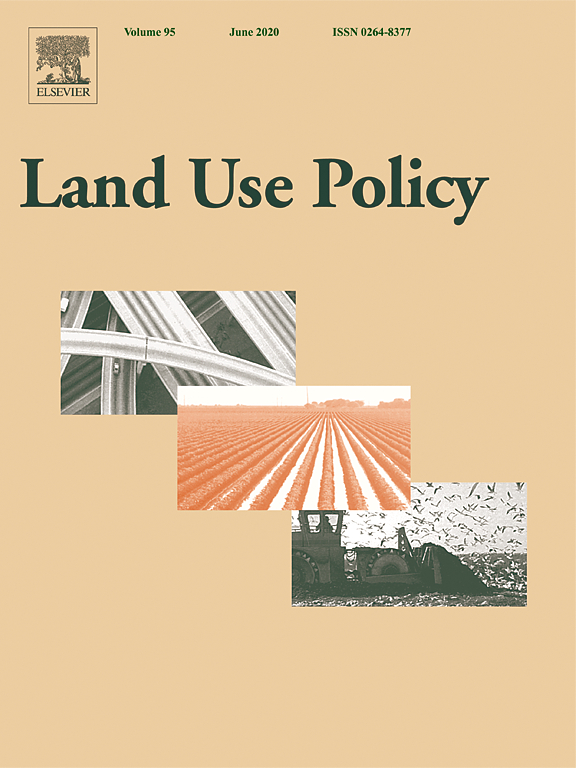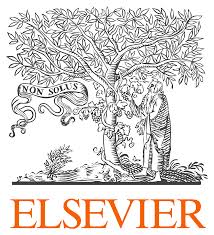Location
Land Use Policy is an international and interdisciplinary journal concerned with the social, economic, political, legal, physical and planning aspects of urban and rural land use. It provides a forum for the exchange of ideas and information from the diverse range of disciplines and interest groups which must be combined to formulate effective land use policies. The journal examines issues in geography, agriculture, forestry, irrigation, environmental conservation, housing, urban development and transport in both developed and developing countries through major refereed articles and shorter viewpoint pieces.
Land Use Policy aims to provide policy guidance to governments and planners and it is also a valuable teaching resource.
ISSN: 0264-8377
Members:
Resources
Displaying 151 - 155 of 279EU’s rural development policy at the regional level—Are expenditures for natural capital linked with territorial needs?
The restoration and improvement of natural capital (NC) in rural areas represents one of the main objectives of the EU’s rural development policy (RDP). In addition to creating environmental and biodiversity benefits, NC represents an important territorial asset and a basis to generate socio-economic second-order effects for economic competitiveness and rural viability. However, the regional capability to valorise NC depends on the specific regional context, needs and potentials, as well as targeted policy support.
Governance arrangements, funding mechanisms and power configurations in current practices of strategic spatial plan implementation
Implementing strategic spatial plans is a complex task. The process involves strategy formation, institutional capacity building, funding mechanism establishment and governance arrangements, which take shape within complex power configurations. Based on empirical evidence gathered by interviewing regional planning experts, this paper focuses on the role of governance arrangements and funding mechanisms in current practices of strategic plan implementation in 14 European urban regions.
Agricultural landscapes, ecosystem services and regional competitiveness—Assessing drivers and mechanisms in nine European case study areas
Agricultural landscapes affect regional development and competitiveness in a way far beyond the production of agricultural commodities. However, comprehensive assessments of the relevant cause-effects between agricultural landscape and regional competitiveness are complex and they require a range of ecological, economic and social aspects to be considered.
Acceptance studies in the field of land use—A critical and systematic review to advance the conceptualization of acceptance and acceptability
Despite the increasing importance of studies dealing with acceptance in the field of land use, few theoretical-conceptual reflections and reviews have been published. To address this gap, this paper offers a critical and systematic review of recent literature regarding acceptance and land use. Our aim is to synthesise the contributions of these publications in order to advance scientific debate on this topic. The data set consists of 132 peer-reviewed journal articles and book chapters and is dominated by empirical papers (mostly quantitative studies) and European case studies.
Modelling the production impacts of a widespread conversion to organic agriculture in England and Wales
We assess the production impacts of a 100% conversion to organic agriculture in England and Wales using a large-scale linear programming model. The model includes a range of typical farm structures, scaled up across the available land area, with the objective of maximising food production. The effects of soil and rainfall, nitrogen (N) supply/offtake and livestock feed demand are accounted for. Results reveal major reductions in wheat and barley production, whilst the production of minor cereals such as oats and rye increase.



